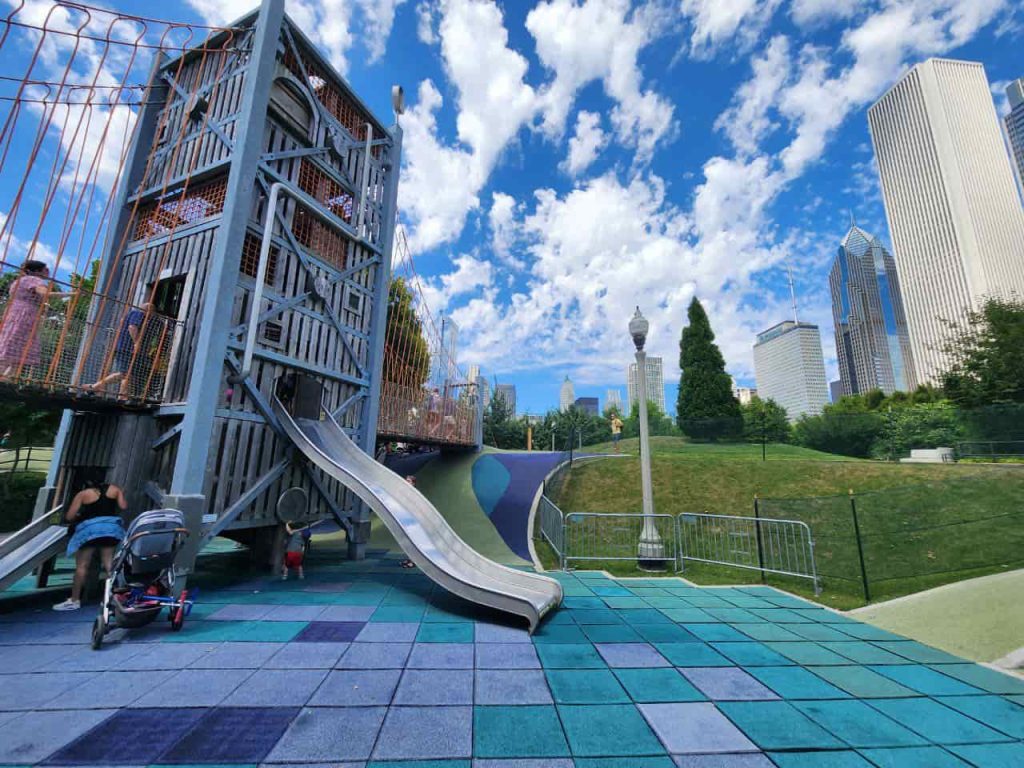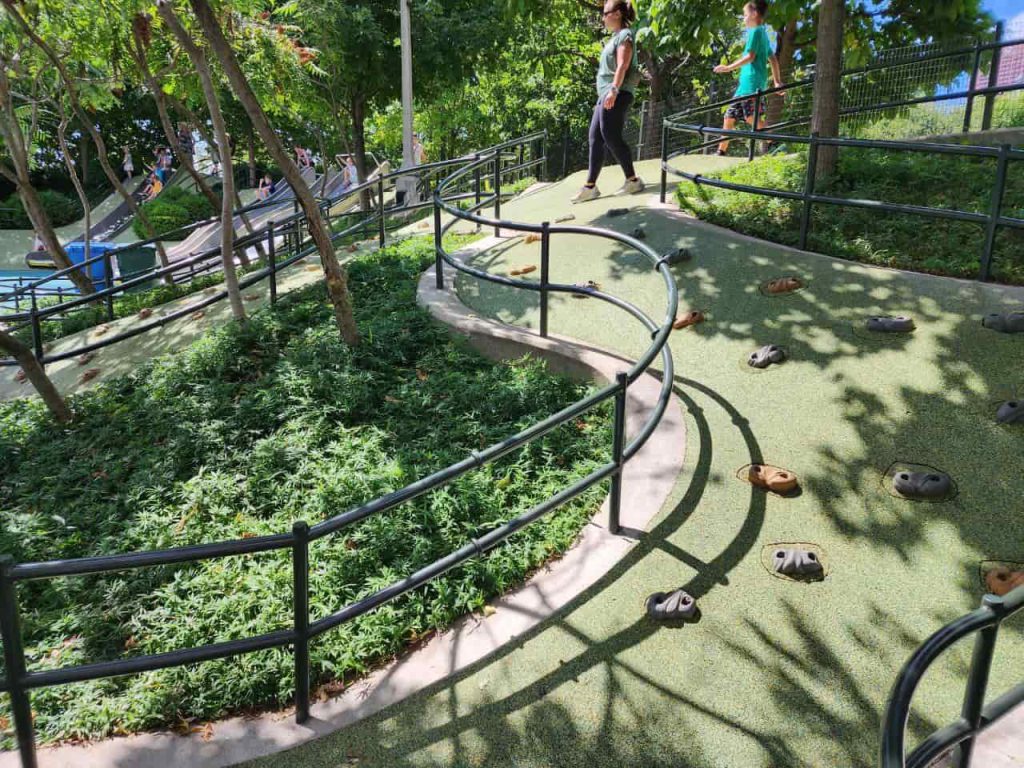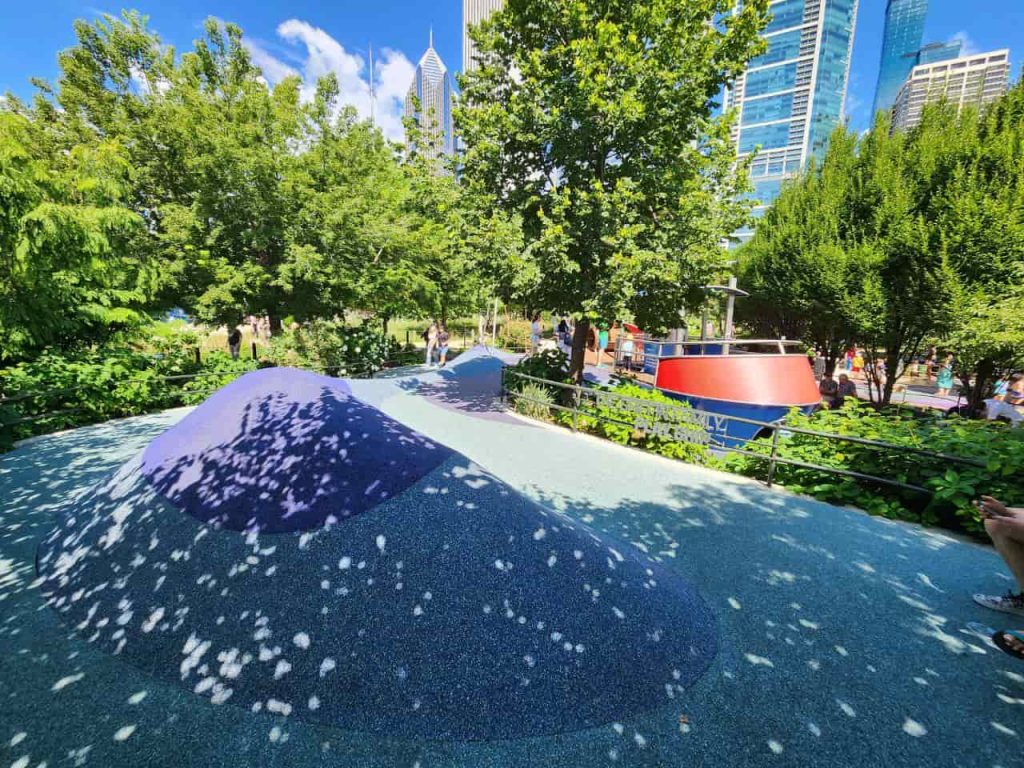How to Clean Rubber Surface: Effective Tips and Techniques
SEPTEMBER 8, 2023
Table of content
- The Benefits of Regular Cleaning for Rubber Surfaces
- Essential Supplies and Precautions for Cleaning Rubber Surfaces
- Step-by-Step Guide: How to Clean Rubber Surfaces
- Preparation: Clearing and Inspecting the Surface
- Removing Loose Debris and Dust
- Stain Removal Techniques for Rubber Surfaces
- Rinsing and Drying the Rubber Surface
- Conclusion

Lately, you can see rubber paving everywhere you go, from playgrounds, pool decks, running tracks, and pavements to interior floors in gyms, garages, recreational centers, and more. The popularity of rubber surfacing is explained by its durability, versatility, resistance to extreme weather conditions, and UV-rays exposure.
Whether you’re looking into installing rubber surfacing for private or public use or already have one, it’s essential to know the simple cleaning tips and techniques that will help prolong the flooring lifespan. Read on to discover easy-to-follow maintenance methods and how to clean rubber surfaces to keep them in brand-new condition.
Benefits of Regular Cleaning for Rubber Surfaces
Whether it’s rubber flooring, mats, seals, or rubber-based items, keeping them clean has a significant impact on their longevity and functionality. Let’s learn the key benefits of regular cleaning for rubber surfaces.
- Enhanced safety: Rubber flooring stands out with its non-slip qualities that prevent slips and falls. Therefore, many gyms, playgrounds, industrial areas, and swimming pool decks have rubber paving. Yet, regular cleaning removes oily residues, standing water, spills, and other slippery substances, ensuring that rubber maintains safe for people.
- Improved durability. Cleaning helps remove dirt, debris, pool chemicals, and contaminants that can damage rubber over time. By prolonging the paving lifespan, you can avoid costly repairs and resurfacing services.
- Neat look: Addressing any stains and spills leads to promptly keeping the fresh look, keeping the rubber surface in excellent condition.
- Mold and mildew prevention: Shaded and exposed to moisture or humid environments, rubber surfaces are prone to mold and mildew growth. Regular cleaning prevents the buildup of moisture and removes organic matter where mildew and mold thrive, minimizing the risk of such an issue occurring.
- Improved hygiene: Rubber flooring in kitchens, bathrooms, healthcare facilities, and indoor playgrounds can harbor bacteria and germs. Routine cleaning with mild-detergent and rubber-safe disinfectants helps maintain a hygienic environment, reducing the risk of cross-contamination.
- Reduced allergen exposure: Besides germs, the rubber surfacing can collect allergens like dust or pet dander. Systematic cleaning helps keep these allergens in check, benefiting those with allergies or respiratory sensitivities.
- Cost-effective maintenance: Proper cleaning routine is a low-cost maintenance practice compared to replacing or resurfacing rubber flooring prematurely due to neglect.
It’s clear as day that maintaining a systematic cleaning schedule is an essential part of keeping the rubber paving in great condition, creating a safe environment for people. Now, let’s focus on how to clean a rubber playground surface, indoor rubber flooring, and outdoor paving.
Essential Supplies and Precautions for Cleaning Rubber Surfaces
Here you can find the list of essentials supplies needed to create a proper cleaning routine:
- Mild soap or detergent free from harsh chemicals or rubber-friendly;
- Warm water;
- A soft-bristled brush, broom, microfiber cloth, basic mop;
- Specific rubber-cleaning solutions to address stains;
- Rubber protectant if you need to restore shine or shield the surface from UV damage.
However, no matter how simple the cleaning routine look, there are several precautions one should know about to avoid damaging the rubber surface:
- Avoid harsh chemicals, bleach, or solvents, as they can cause the rubber to dry out and crack;
- Using only soft materials to prevent scratching the surface;
- Perform a spot test each time before applying new cleaning solutions to ensure the product doesn’t cause discoloration or damage;
- Avoid high temperatures, like hot water, as it can cause distortion;
- Proper ventilation if you use cleaning products indoors to prevent inhaling fumes;
- With liquid cleaning solutions, be mindful of nearby surfaces that might be sensitive to the cleaning agents, such as wood or fabric.
- Before applying cleaning products, sweep or vacuum the rubber surface to remove the loose dirt, debris, leaves, etc.
- After wet cleaning, thoroughly dry the rubber flooring to prevent mold and mildew growth;
- Follow the manufacturer’s instructions when using any products or cleaning solutions.
Step-by-Step Guide: How to Clean Rubber Surfaces
Cleaning rubber paving and flooring doesn’t require too much effort, yet it needs a systemic approach to ensure effectiveness and safe results. In public and commercial spaces, rubber flooring is prone to absorb much more dirt, drinks, food, and other matter. Moreover, the poured-in-place rubber manufacturers and state standards oblige you to maintain a systematic cleaning routine.
Let’s see how to clean dirt on the rubber surface in several easy steps.
Preparation: Clearing and Inspecting the Surface
- Clear the areas of furniture, objects, and obstacles, allowing easy access to the floors.
- Inspect the rubber floor for damages, cracks, tears, loose edges, or sticky areas. Address any issues found before starting cleaning.

Removing Loose Debris and Dust
- Start by sweeping or vacuuming the rubber paving to remove leaves, loose dirt, and debris. Use the leaf blower for outdoor areas to save time.
- Use a soft-bristled brush to get rid of stubborn particles stuck to the rubber.
Stain Removal Techniques for Rubber Surfaces
Here are some professional techniques and so-called home hacks to remove stains from rubber surfaces.
- Mild soap and water solutions: This method works for general and gentle cleaning. However, avoid using excessive water to prevent standing water and drainage issues.
- Spot cleaning for stains: For oil or grease stains, apply a small amount of dish soap directly to the stained area. Let it sit for a few minutes, then gently scrub it and wipe it with a cloth.
- Vinegar solution: Tougher stains like mold or mildew are better to tackle with vinegar&water mixture. Add one part of vinegar and one part of water. Let the mixture absorb for a few minutes before scrubbing.
- Baking soda paste: If you need to get rid of the smell, apply baking soda paste.
- Rubber-safe cleaning solutions: Some commercial rubber cleaning solutions can help you fight stubborn saints. Just follow instructions from the manufacturers for an effective process.
Rinsing and Drying the Rubber Surface
- Rinse the rubber surface with fresh water to ensure the products are completely removed after cleaning and stain removal.
- Dry the surface from excessive moisture and water to prevent mold growth.
- The air-dry option is effective for well-ventilated or outdoor areas.

